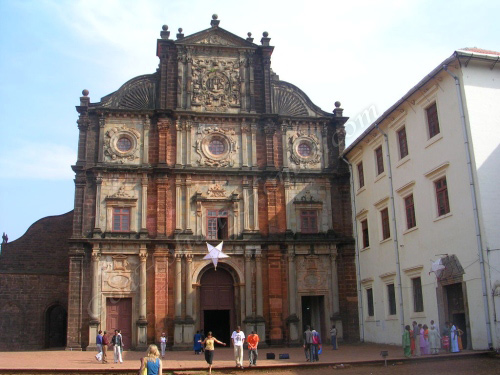
The Feast of St. Francis Xavier
The Feast of St. Francis Xavier is a global celebration of faith, dedicated to one of the Catholic Church’s most revered saints. St. Francis Xavier

The Feast of St. Francis Xavier is a global celebration of faith, dedicated to one of the Catholic Church’s most revered saints. St. Francis Xavier